The Art and Science of Splitting the Startup Pie: A Modern Approach to Equity Distribution
The Equity Dilemma: More Than Just Numbers
The conversation about equity splits often begins with an uncomfortable silence. Whether you’re discussing co-founder shares, early employee compensation, or advisor stakes, the implications of these decisions can impact your startup for years to come. Yet, many founders still rely on gut feelings or industry “standards” that might not fit their unique situation.
Moving Beyond the Handshake Agreement
The Real Cost of Getting It Wrong
- Team demotivation and resentment
- Potential legal disputes
- Difficulty attracting future talent
- Complications in future funding rounds
- Founder relationship strain
A Data-Driven Approach to Equity Distribution
Quantifiable Factors to Consider
- Time Commitment
- Full-time vs. part-time involvement
- Historical contributions
- Future commitment expectations
- Financial Investment
- Initial capital contributions
- Deferred or reduced salary
- Personal guarantees or loans
- Intellectual Property
- Pre-existing IP brought to the venture
- Patents and technological innovations
- Industry expertise and knowledge
- Network and Relationships
- Industry connections
- Customer relationships
- Investor networks
- Strategic partnerships
The Modern Framework for Equity Distribution
Step 1: Contribution Assessment
Start by documenting all contributions systematically:
Contribution Categories:
– Financial Investment: Direct capital, deferred salary
– Time Investment: Hours worked, commitment length
– Expertise: Skills, experience, industry knowledge
– Resources: IP, tools, facilities, equipment
– Relationships: Network, partnerships, clients
Step 2: Weighting System
Assign weights to different contribution types based on your startup’s needs:
Example Weighting:
– Financial Contributions: 25%
– Time Commitment: 30%
– Intellectual Property: 25%
– Network/Relationships: 20%
Step 3: Vesting Considerations
Standard vesting schedules typically follow the “4-year cliff” model:
- 1-year cliff (25% vests after first year)
- Monthly vesting for remaining 3 years
- Accelerated vesting provisions for exits
Common Pitfalls to Avoid
- Equal Splits Without Rationale
- Why it’s problematic
- When it might work
- How to address it
- Ignoring Future Contributions
- Building in flexibility
- Performance-based adjustments
- Growth considerations
- Neglecting Vesting Schedules
- Importance of protection
- Standard practices
- Customization needs
Best Practices for Equity Distribution
1. Document Everything
- Use equity management tools
- Keep detailed records
- Maintain transparency
2. Plan for Growth
- Reserve option pool
- Consider future hires
- Plan for additional rounds
3. Seek Professional Advice
- Legal counsel
- Tax implications
- Compliance requirements
Technology’s Role in Equity Distribution
Modern equity distribution tools help founders:
- Calculate fair splits based on quantifiable metrics
- Track contributions systematically
- Model different scenarios
- Maintain clear documentation
- Ensure compliance and transparency
Making Adjustments Over Time
Triggers for Equity Revisions
- Major pivot points
- New significant contributions
- Team changes
- Funding rounds
Implementation Strategies
- Regular review periods
- Clear adjustment criteria
- Communication protocols
- Legal considerations
Creating a Culture of Transparency
Benefits of Open Equity Discussions
- Better team alignment
- Increased trust
- Improved motivation
- Reduced conflicts
Implementation Steps
- Regular equity reviews
- Clear communication channels
- Documented decision-making
- Feedback mechanisms
Moving Forward: Your Equity Distribution Action Plan
- Assess Current State
- Document existing agreements
- Identify potential issues
- Gather stakeholder input
- Develop Framework
- Set contribution criteria
- Establish weighting system
- Create documentation process
- Implement Tools
- Choose equity management platform
- Set up tracking systems
- Train team on usage
- Review and Adjust
- Regular assessment periods
- Performance tracking
- Stakeholder feedback
Conclusion: Fair, Transparent, and Scalable
Equity distribution doesn’t have to be a source of anxiety or conflict. By adopting a systematic, data-driven approach and leveraging modern tools, founders can create fair, transparent, and scalable equity structures that motivate teams and support long-term growth.
Remember: The goal isn’t just to split the pie fairly today, but to create a framework that supports your company’s growth and success for years to come.
